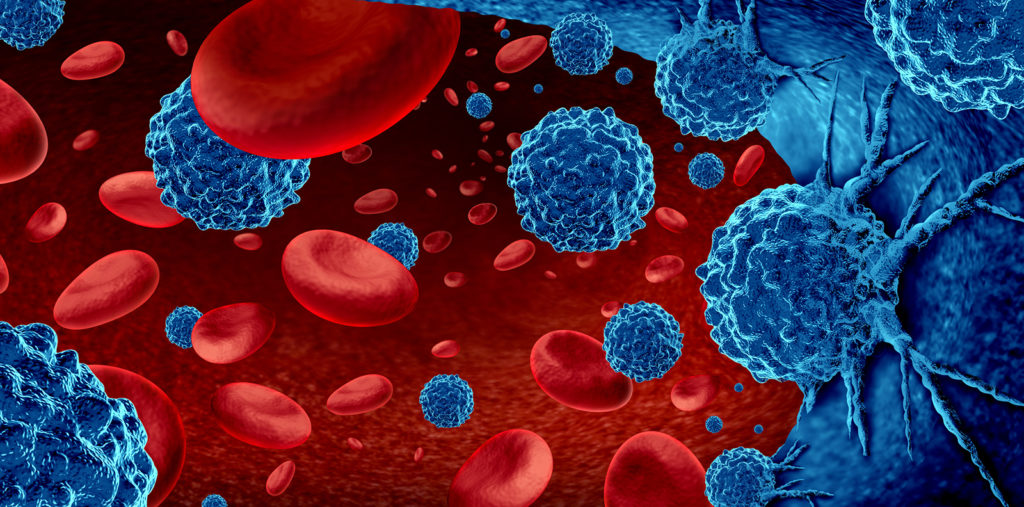Leave a Comment:
1 comment
I hope I get one GOOD decade out of this…adventure; more would be better.
Interesting read, David. I know you’ve had a lot of successes with alternative treatments

Learn how you can stall the development of full-blown Multiple Myeloma with evidence-based nutritional and supplementation therapies.
Click the orange button to the right to learn more.

“For the 4% of people (MM) who are diagnosed at an early stage, the 5-year survival rate is over 77%. If the cancer has spread to a distant part of the body, the 5-year survival rate is over 54%. Approximately 96% of cases are diagnosed at this stage.”
Hi David- I was diagnosed Smoldering Myeloma, moderate/high risk in 2019 at age 48 here in Oakland, CA.
At my initial diagnosis of smoldering myeloma by the Chief of Hematology/Oncology at Kaiser. I was told there “…was nothing I could do…” and “… just live your life and enjoy it”.
I self-advocated to get Revlimid 20/25 mg, then Rev+Dex 5 mg in which my M protein had dropped from 2.8 to 1.3 in 3 months in fall of 2021, then stopped and then I stopped treatment in consultation with my Hematologist/Oncologist.
Subsequently, it went back up to 2.5 in less than 2 months, and was diagnosed MM and authorized to do ‘full chemo’ plus ASCT at Stanford Med Center. I am meeting with the Chief of the Dept next to discuss best options for me.
I decided to do something. I have had no previous health problems, no genetic/family history of cancer or other terminal illnesses, and since diagnosis have embraced
I am curious what your thoughts are on moving forward? Appreciated! Wendy
Hi Wendy-
1) “I was diagnosed Smoldering Myeloma mod/high risk in 2019 at age 48
2) “At my initial diagnosis of smoldering myeloma by the Chief of Hematology/Oncology at Kaiser. I was told there “…was nothing I could do…” and “… just live your life and enjoy it.”
3) “I self-advocated to get Revlimid 20/25 mg, then Rev+Dex 5 mg in which my M protein had dropped from 2.8 to 1.3 in 3 months in fall of 2021, then stopped and then I stopped treatment in consultation with my Hematologist/Oncologist. Subsequently, it went back up to 2.5 in less than 2 months, and was diagnosed MM and authorized to do ‘full chemo’ plus ASCT at Stanford Med Center.”
4) “I am meeting with the Chief of the Dept next to discuss best options for me.”
Stanford Medical Center is an excellent center for the treatment of MM from a conventional perspective. Your options, as I see them, are as follows.
5) “I decided to do something. I have had no previous health problems, no genetic/family history of cancer or other terminal illnesses, and since diagnosis have embraced (1) new diet – staying away from processed sugar and high salt foods, added pro-biotics and pre-biotics (tumeric/curcumin, omega 3 fish oil, multivitamins, beets, mushrooms) — I had been taking mangosteen regularly too, (2) monthly acupuncture/acupressure, positive mindset and deeper spirituality, and gradually upgraded my physical exercise regimen.”
Recommended Reading:
“The 5-year survival rate tells you what percent of people live at least 5 years after the cancer is found. Percent means how many out of 100. The overall 5-year survival rate for people with multiple myeloma in the United States is 55%.
For the 4% of people who are diagnosed at an early stage, the 5-year survival rate is over 77%. If the cancer has spread to a distant part of the body, the 5-year survival rate is over 54%. Approximately 96% of cases are diagnosed at this stage.
Survival rates have steadily increased over time, so the 5-year survival rate may underestimate the impact of recent progress made in the treatment of this disease. Moreover, several factors affect an individual’s survival, such as the person’s age and overall health. For instance, it is known that survival rates are higher in younger people than in older people.
“Although not often openly acknowledged, “cure vs control” is the dominant philosophical difference behind many of the strategies, trials, and debates related to the management of myeloma. Should we treat patients with myeloma with multidrug, multitransplant combinations with the goal of potentially curing a subset of patients, recognizing that the risk of adverse events and effect on quality of life will be substantial? Or should we address myeloma as a chronic incurable condition with the goal of disease control, using the least toxic regimens, emphasizing a balance between efficacy and quality of life, and reserving more aggressive therapy for later?
To be sure, if cure were known to be possible (with a reasonable probability) in myeloma, it would undoubtedly be the preferred therapeutic goal of most patients and physicians. But this is not the case. Myeloma is generally not considered a curable disease; however, new definitions of cure have been suggested, including operational cure, which is defined as a sustained complete response (CR) for a prolonged period.1,2 Cure vs control is debated because the strategies currently being tested are not truly curative but rather are intended to maximize response rates in the hope that they will translate into an operational cure for a subset of patients…”
I hope I get one GOOD decade out of this…adventure; more would be better.
Interesting read, David. I know you’ve had a lot of successes with alternative treatments